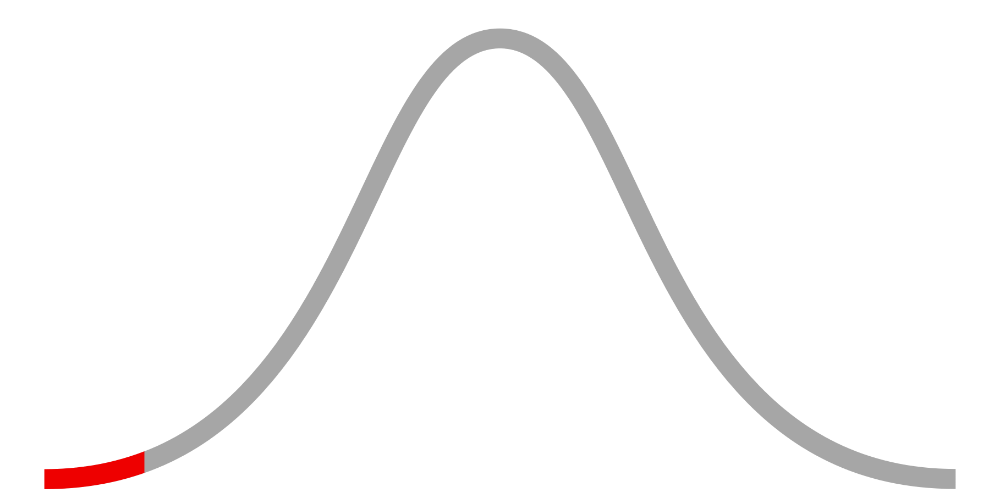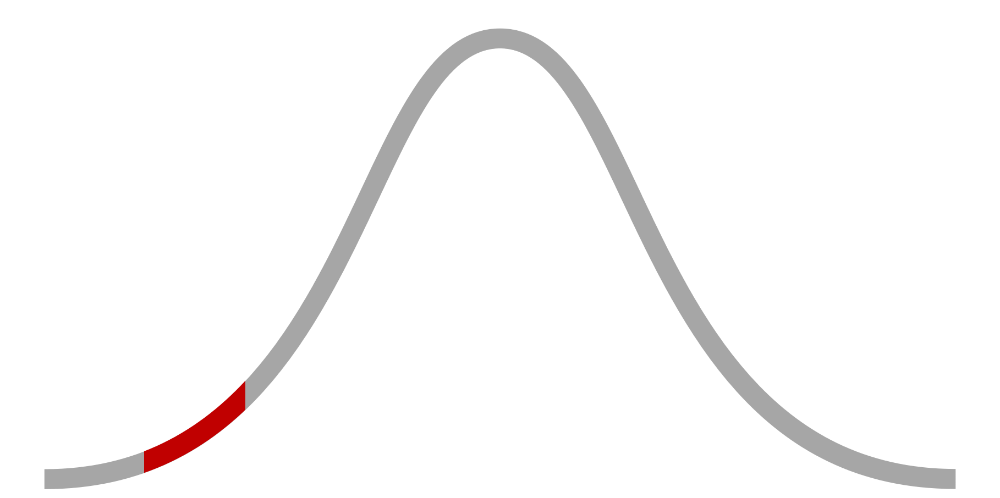 Summary & key points
Summary & key points
In the hit Marvel cinematic universe movie Doctor Strange (2016), talented Neurosurgeon Doctor Stephen Strange suffers a tragic car accident which ruins his medical career. After finding and joining a group of witches and sorcerers, he learns that Kamar-Taj, the group's compound, is under attack. A former member turned rogue named Kaecilius is the attacker. He confronts Doctor Strange on a long stairway. When Kaecilius says "How long have you been at Kamar-Taj, Mister ...," Strange answers with his formal title, "Doctor." A confused Kaecilius replies with "Mister Doctor," and Strange quips back: "It's Strange." Still confused, Kaecilius replies with "Maybe, but who am I to judge." In this brief exchange, Doctor Strange's simple responses cause confusion over his name, and this lack of clarity demonstrates a well below-average example of the Readability attribute.
 Summary & key points
Summary & key points
In Superman (2025), Lois Lane wants to talk about her relationship status with Superman (Clark Kent) and Mister Terrific doesn't want to.

 Summary & key points
Summary & key points
Bill Gates shows us how in the 1980s he had a strong sense of humor alongside the ability to jump over a chair.
 Summary & key points
Summary & key points
On June 15, 2012, South Korean K-pop artist Psy stunned the world with the release of his hit single called "Gangnam Style (강남스타일)." The viral music video features lots of action, amusing dance routines, and bright colors. The lyrics of the song discuss the culture of affluent individuals in the Gangnam region of South Korea. Moreso, Psy's lyrics describe nightlife, his behavior, attitudes towards potential romantic partners, and his affluent lifestyle. Psy's inclusion of enough details without disclosing more sensitive information demonstrates a typical example of the Specificity attribute.

 Summary & key points
Summary & key points
In the first season of the hit show The Summer I Turned Pretty (2022), Isabel "Belly" Conklin discovers what happens when she gets attention from boys around her. In this clip, Belly is at a convenience store snacking when she notices the clerk admiring her from afar. She seems to feel both surprised and flattered.

















